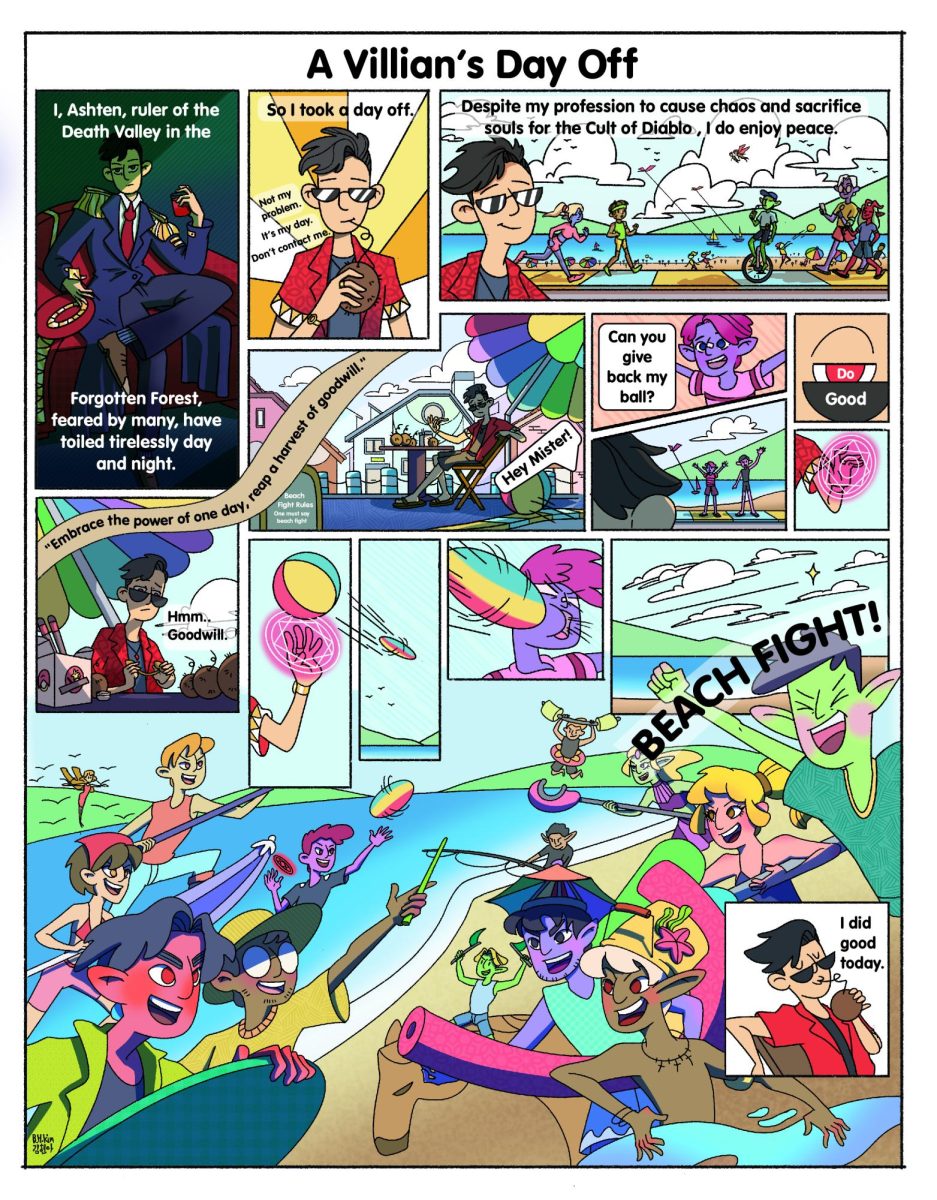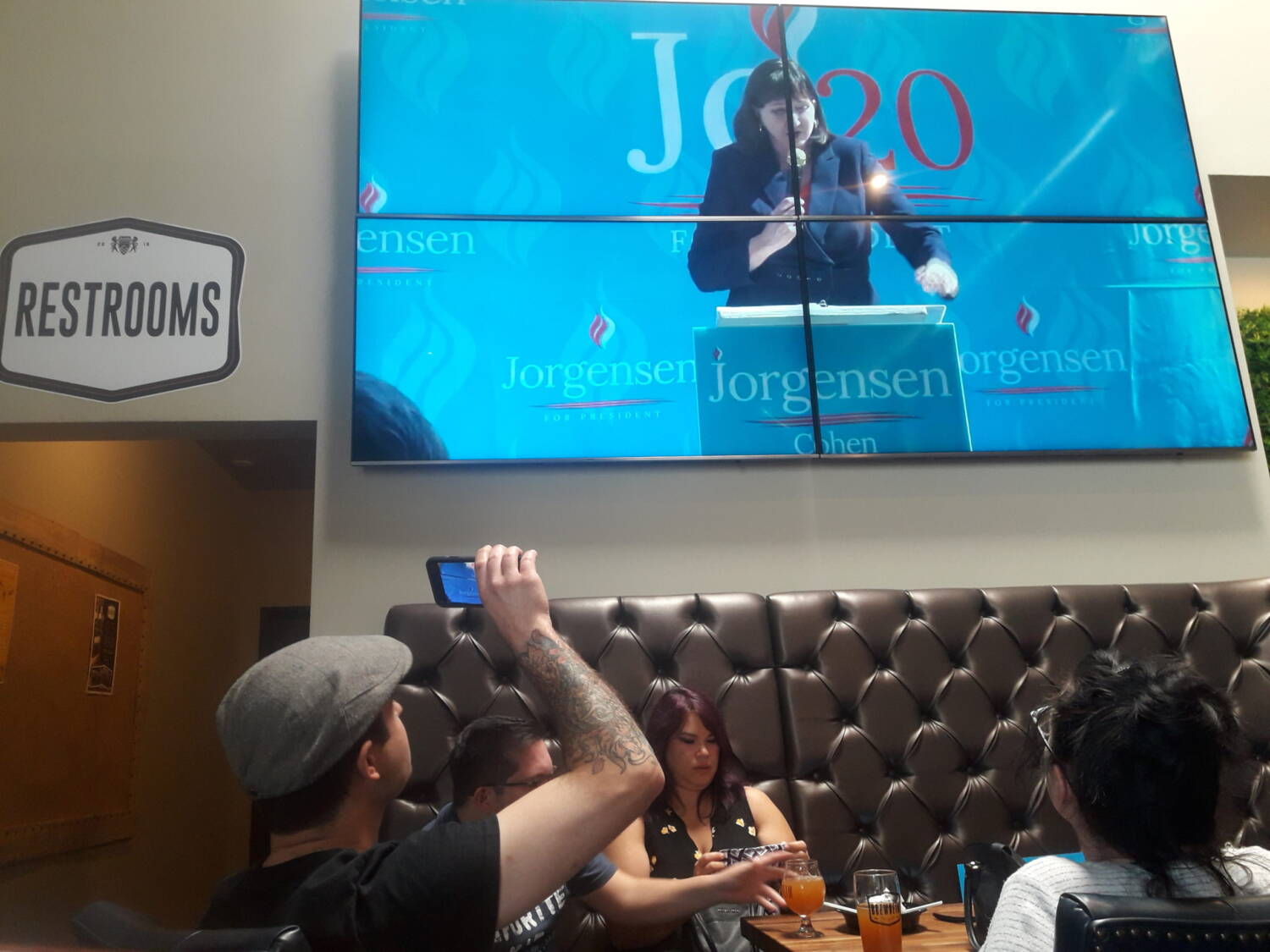Most industries have been at least somewhat affected by recent shutdowns; however, the effect on Hollywood and the movie industry is apparent for those living in Southern California.
People in the film industry must make do with what they have and independently innovate their way into success despite significant cutbacks to film crews in Hollywood.
The most immediate effect is safety. Table reads where actors usually sit together in person to go over a script have moved online. On-camera kisses have to be reworked. There are fewer people on set, and unions are hiring COVID-19 supervisors.

The most significant effect, however, is that crews need to be cutback. Film crews normally have 30 to 60 people working on set. That number is being cut significantly. The film and television crew is not only made up of people from the industry. Makeup artists, caterers, costume designers, and more have lost their jobs.
“I know a makeup artist who had her work dwindle to 10% of what it used to be,” said documentary filmmaker and Fullerton College Cinematography Professor Jay Goldstein.
For students studying cinematography at Fullerton College, they no longer have easy access to expensive equipment and powerful computers to run editing software.
Goldstein has had to make adjustments in the classroom as a result. His lectures on a story, which have taken up a single class period in the past, now play a greater role in how he teaches his students.

“If you engage your audience, you’re involved in the characters or their emotions. they’ll give you a lot of leeways if the shot isn’t perfect or if the shot isn’t clear,” said Goldstein
He encouraged his students to make the most of the tools they have, and that billions of dollars of resources have often resulted in mediocre films, while low-budget films have been able to create timeless masterpieces with the little tools they had.
Despite the seemingly bleak outlook on the industry, he noted that commercials and the home entertainment industry were doing well. Netflix stock hit all-time highs according to NASDAQ during the pandemic.
As movie theaters close, companies have been experimenting with novel ways to bring new movies to its audience. The most prominent example of this was Disney Plus with its $30 showing of Mulan.
Goldstein encourages his film students to persist. Although he notes that they may have to be creative in how they build their portfolios.
“You are an independent film producer,” said Goldstein, referring to his students. “You might not get an internship with a big company like Sony, but you can make your own films and upload them to Youtube.”
He suggested that students flip though channels and make note of what catches their eye. He encouraged students to capture that essence in their films.
He emphasized that money and resources do not always equate to an engaging story. As people continue to stay at home during the remainder of COVID-19 shutdowns, the demand for stories has never been higher. The lack of materials may result in a wealth of innovative stories being told and might have a net positive effect on the movie industry as a whole.


















